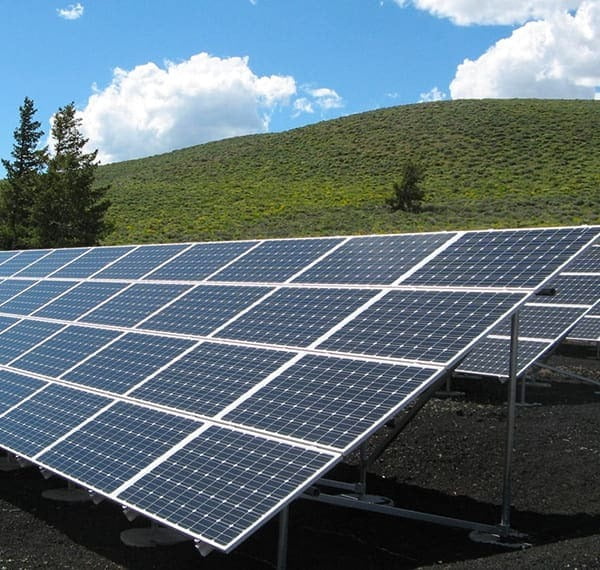Contact Us
An energy statement is a report to show a specified reduction in carbon dioxide emissions beyond the standard requirements of building regulations. The specified reduction will vary based on the stipulations set out by the Local Planning Authority and will generally be required on any new build property. As a generalisation, most Local Planning Authorities oustide of London will ask for a 10%, 15% or 19% reduction in Carbon Emissions over and above that which is set out in Building Regulations
Within London, the targets are even more stringent. Following updates in October 2016, all major developments that fall under the Greater London Authority will be required to achieve ‘Zero Carbon’ status. This means that they must demonstrate a 35% reduction in CO2 emissions above Part L 2013 regulations, while the remaining CO2 emissions are to be set off through cash in lieu payments.
To show how a new build development can achieve these targets an energy statement is produced with proposed design parameters relating to the building fabric, services & the inclusion of low or zero carbon technologies. The energy statement will consider the most feasible route to achieve the required target.
If you’re on this page, you’ll likely also need some of our other services. If you’re not sure which services you need, you can check here.

Do I Need An Energy Statement?
You will need an energy statement if you’re building a new-build property, and it has been specifically requested under a planning condition by the Local Planning Authority. Even if it’s not specifically requested, we always encourage our clients to be as energy efficient as possible, and an energy statement is a great way to plan for that.

Why Are Energy Statements Important?
Energy statements were introduced in order to help reduce CO2 emissions from new build properties, helping the government achieve CO2 reductions required by law. This is particularly prevalent in built-up, polluted cities such as London. This is specifically highlighted in the Mayor of London’s spatial development strategy: The London Plan.

What If My Development Cannot Achieve It’s Carbon Emissions Target?
The aim is to achieve the target on-site regeneration of energy through low or zero carbon technology (such as photovoltaic panels, biomass boilers, wind turbines etc). Where thiscan’t be fully achieved, the remainder of the obligation can be fulfilled by a payment in-lieu to the Local Planning Authority, who will then re-invest the money to local off-site regeneration projects. In most London boroughs, the off-set payment is set at £60 per tonne of CO2 for a period of 30 years, which works out at £1,800 per tonne of CO2.
Contact us today to for an Energy & Sustainability Statement
We will work with you to figure out your best combination of carbon reduction options or cash in lieu payments based on each individual project.